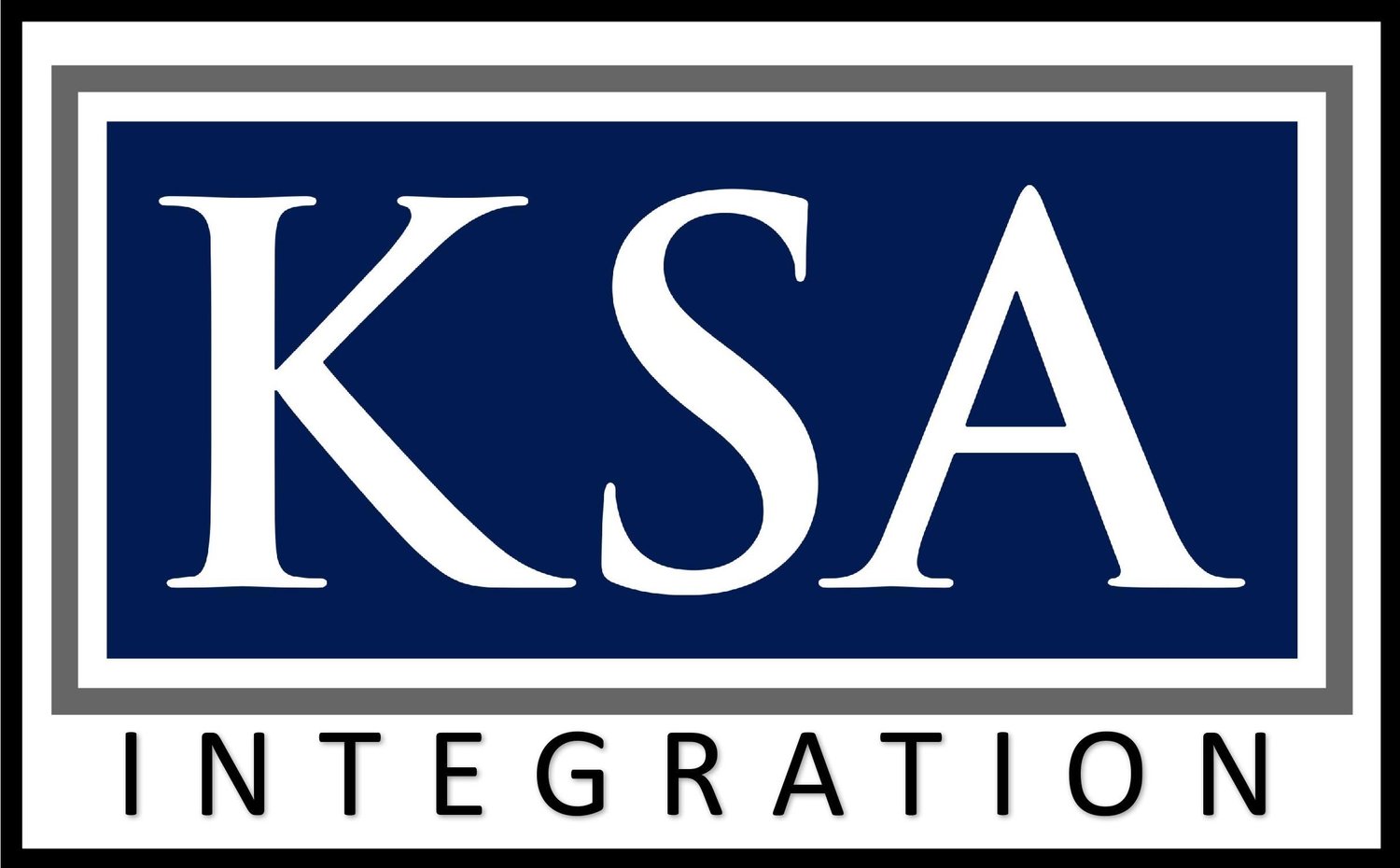Solving Workforce Problems; the First Duty of Leadership
- November 28, 2014
- Posted by: Keith Stalder
- Category: Leadership

“The day soldiers stop bringing you their problems is the day you have stopped leading them. They have either lost confidence that you can help them or concluded that you do not care. Either case is a failure of leadership.” – Colin Powell
Good leaders instinctively understand, at a deep level and in action oriented ways, that employees’ work place problems are leaders’ problems.
Some of the things that challenge employees in the work place will be solved before they require leadership action or intervention, but some won’t. The ones that are solved before reaching the level of management are harbingers of other challenges that leaders need to understand to anticipate future requirements and circumstances for the company. There is great value in awareness, even if no action is needed at higher levels. For those challenges that can’t be resolved at lower levels, it’s essential that leaders both understand and engage to help produce the best outcome for employees and the organization. Leadership attention and active assistance in finding solutions to the tough conditions and factors that confront the workforce tells employees that their leaders:
· Understand and empathize with the daily contributions of the work force.
· Value efforts being expended to resolve tough issues at lower levels.
· Want to personally add value to the most difficult and intractable problems and be part of the organizational team.
· Desire to produce results in the most efficient and effective ways.
· Are willing and able to apply weight of management’s authority and emphasis to the proper areas.
· Have the same “skin in the same game” as the workforce.
· Really care.
It sends priceless messages when the leadership involves itself directly to move the organization forward by actively helping the workforce. In doing so, leaders will not only build credibility and support, but will learn a great deal about how the organization works to perform the company’s mission. There is no substitute for rolling up one’s sleeves and directly helping those closest to the action. It’s easy, with no down side, and amazing returns in good will and insights for leaders who are wise enough to say: “Please let me help you. Tell me how”. Or asks, “How can I help you?” “What can I do?”
I usually concluded every meeting or encounter in the organizations I led with: “How can I help you?”. Then I made sure I did. If I couldn’t help for some reason, I made sure they knew I tried and why I couldn’t do as much as I’d hoped to.
Good leaders focus on issues that are important to their people and understand that if their employees are successful, the organization and leaders will be successful, as well. Help the workforce succeed by asking them directly what they need, then provide it. Remove obstacles and solve the problems that they cannot.
“The problem is not that there are problems. The problem is expecting otherwise and thinking that having problems is a problem.” — Theodore Rubin
Many thanks, Keith Stalder, #24
Copyright © 2014 Keith Stalder & Associates, LLC. All rights reserved.
